| ||||||||||||||||||||||||||||||||||||||||||||||||||||||||||||||||


The cultural landscape of southern Halland, Sweden
|
Halland is situated in the south-western part Sweden and it is a cultural and geographical unit, which for a long time belonged to Denmark, but it is a part of Sweden since 1645. In many aspects it is a typical border district with a high diversity in cultural landscapes. The history of the landscape and of earlier generations of people is very apparent in some areas while other areas have a strongly modernised landscape with few historical remnants. In the western part of the county urbanization and changes towards large-scale agriculture are the main threats to historic cultural landscapes, while the eastern parts are endangered by modern forestry and ceasing agriculture management. ResearchThe research concentrates around two aspects and mapping and GIS are important tools in both of them: - Surveying ancient monuments and other elements of human activity on the ground to get a picture of the multi-layered history these remnants can tell us about. - Evaluation of the changes in cultural landscape over time by analysis of historical and modern topographical maps. This aspect also includes analysis of the rich written material from the area, especially Pehr Osbecks manuscripts. The research results will be published in a popular report. CommunicationBased on research the following public efforts will be made:
Cultural PathThe cultural path in the area includes both a physical path with information posters at strategic places and a conceptual path, which will give a picture of how people lived in and managed the landscape in earlier periods. An important aim of the physical path is to mediate the different layers, both prehistoric and historic, which can be seen in the landscape. An important part of the conceptual path is to publish popular information about Pehr Osbeck, a famous disciple of Carl von Linné, and his detailed description of how people lived, the landscape, the fauna and flora etc. in southern Halland 200-250 years ago. Pehr Osbeck worked as a reverend here and is buried in the churchyard at Hasslöv in the area.
Project team: County Museum of Halland Landsantikvarien |
|
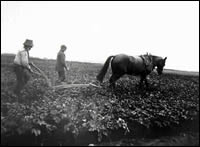
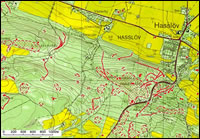 > >
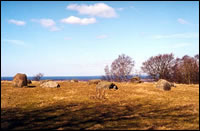
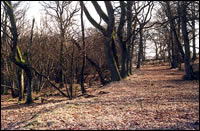
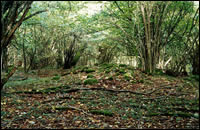
|
|
|
|
|
